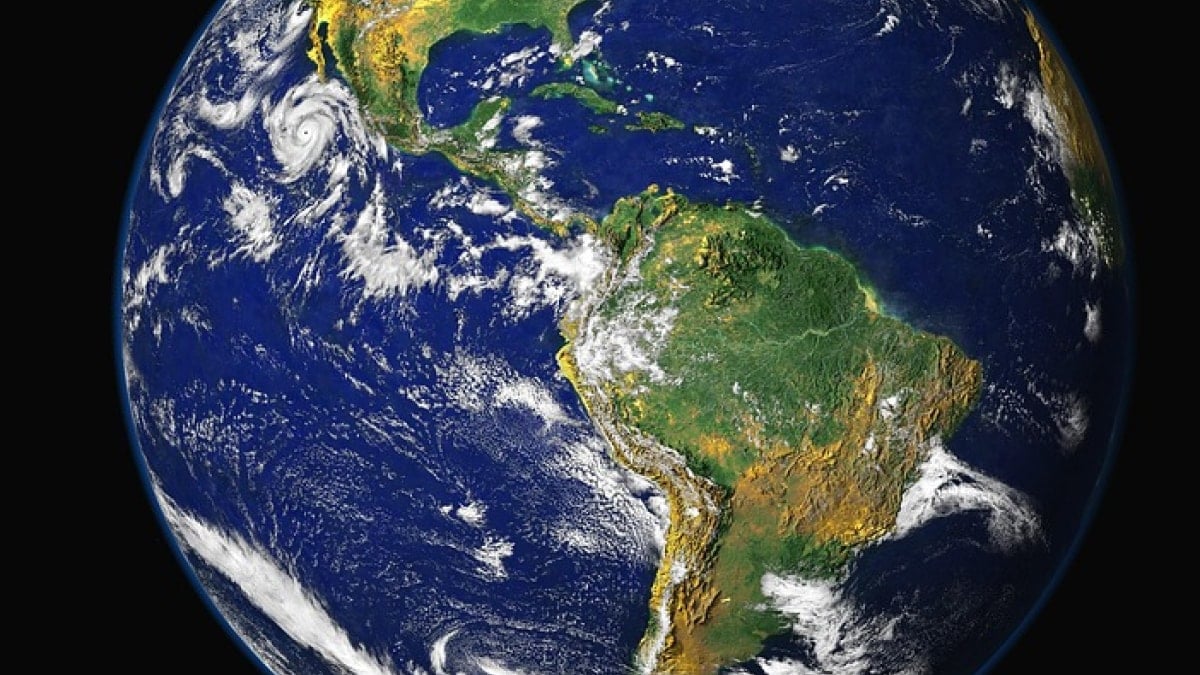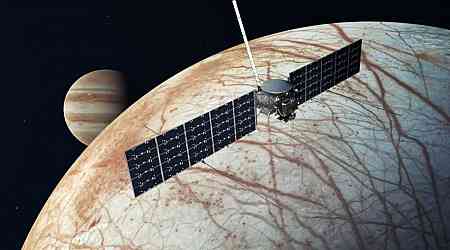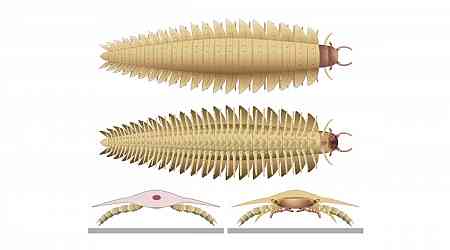Injecting diamond dust into the atmosphere could potentially cool the planet by 1.6ºC, according to a recent study published in Geophysical Research Letters. Led by Sandro Vattioni, a climate scientist at ETH Zürich, the research explores whether diamonds, as opposed to commonly used materials like sulfur, could offer a safer and more effective method for stratospheric aerosol injection. This method is aimed at reflecting sunlight back into space to mitigate global warming.
Diamonds Versus Sulfur for Cooling
While sulfur has been studied as a cooling agent—largely inspired by volcanic eruptions that inject sulfur dioxide into the atmosphere—the material poses significant risks, including ozone depletion and acid rain. Diamonds, on the other hand, are chemically inert and would not contribute to these hazards. Vattioni and his team ran complex climate models to assess the impact of different materials. Diamonds stood out for their reflective properties and ability to remain aloft without clumping together.
The Steep Costs of Diamonds
Although diamonds could offer a promising solution, their cost is a major drawback. With synthetic diamond dust estimated to cost around $500,000 per ton, scaling up production to inject 5 million tons annually would demand an enormous financial commitment. According to Douglas MacMartin, an engineer at Cornell University, the cost of deploying diamond dust from 2035 to 2100 could reach $175 trillion. This price tag far exceeds the relatively inexpensive sulfur, which is readily available and much easier to disperse. MacMartin suggests that sulfur may still be the material of choice due to its lower cost and ease of use.
Debate Continues on Geoengineering
Geoengineering research, including the study of alternative materials like diamonds, remains a contentious topic. Critics like Daniel Cziczo, an atmospheric scientist at Purdue University, argue that the risks of unintended consequences outweigh the potential benefits. However, Shuchi Talati, executive director of the Alliance for Just Deliberation on Solar Geoengineering, emphasises that research is essential for understanding all possible options, especially for nations most vulnerable to climate change
































